Your gut is lying to you. Without tracking time, you’re running blind.
You might think you know where your team’s hours go, which programs work, or why members cancel — but unless you’re working with real-time data, it’s just guesswork.
Today’s fitness businesses can’t afford to rely on instinct. The ones growing faster, hiring smarter, and retaining more members aren’t better at coaching — they’re better at tracking. They use business analytics, time tracking software, and automated reports to run lean, make decisions faster, and stop small problems before they turn into costly mistakes.
If you’re still cobbling together spreadsheets or checking reports at the end of the month, you’re already behind.
The good news? You don’t need to be a data expert. You just need the right tools — and the clarity to focus on what really moves the needle.
Here’s how the best-run gyms are using analytics to save time, cut costs, and lead with confidence.
The New Standard: Why Fitness Businesses Can’t Afford to Skip Analytics

Running a fitness business means juggling complex operations with limited resources. With small teams, hybrid models, and high client expectations, it’s hard to know where your time really goes.
Top performers aren’t guessing. They use advanced analytics and time tracking software to uncover inefficiencies and save hours every week.
We know that analytics can cut reporting time by 65% and maintenance costs by 25%. For fitness operators, that means fewer manual tasks, faster project tracking, and lower labor costs—all without spreadsheets.
IHRSA confirms the trend: top gyms are using time tracking data to improve project progress, target smarter, and retain more members.
Still doing it manually? You’re making it harder than it needs to be.
1. Centralized Time Tracking = Smarter Resource Planning
Get a clear picture of how your team spends their time – and act on it.

Without time tracking, it’s nearly impossible to know how your coaches and staff are allocating their hours:
- Are they spending more time coaching or doing admin?
- Are cleaning tasks eating into peak-time service delivery?
Tracking tools let you see time spent per activity, per employee. You can monitor workloads, optimize shift scheduling, and even link time logs to payroll or productivity metrics.
This gives you the power to rebalance work before burnout hits or member experience suffers.
2. Automated Reporting That Works While You Sleep
Turn your most important metrics into automatic insights.

Manually pulling data from different systems isn’t just inefficient — it creates gaps in visibility.
With Business Analytics, you can automate the reports that matter: revenue per trainer, class occupancy, client engagement, churn trends.
These reports are emailed directly to you at scheduled intervals. Instead of pulling data at the end of each week or month, it’s waiting in your inbox when you need it.
One of our clients told us: “Every Monday, I start my week with answers – not questions.”
When you make it easy to access the right data, decision-making becomes a habit. And that’s how operational excellence scales.
Want to see how to use this in the real world? Check out our All-New Fitness Business Analytics Software
3. Stay in Control with Mobile Dashboards
Track performance on-the-go, in real time.

As an owner or manager, you can’t be everywhere. But your data can. Mobile dashboards inside the Virtuagym Business Analytics give you real-time access to the numbers that matter most.
See who checked in, how full your evening classes are, how your top trainer performed yesterday. If something’s off, you can act immediately.
Many business owners say this is one of the most valuable tools in their day-to-day. One manager said: “I stopped checking spreadsheets at night. I just open the app and know exactly how we’re doing.”
It’s visibility and control — wherever you are.
4. Predict Bottlenecks Before They Cost You
Get ahead of issues before they impact your business.

The biggest operational problems rarely happen overnight. They build slowly: a slight drop in session attendance, one coach picking up too many shifts, or a quiet increase in cancellations.
Analytics lets you detect those patterns early. With forecasting features, you can spot churn trends, identify underperforming services, and rebalance staff before things break down.
This shift from reactive to proactive is often what separates growing businesses from stagnant ones.
5. Optimize Marketing and Retention with Member Data
Use behavioral insights to personalize your outreach and retain more members.
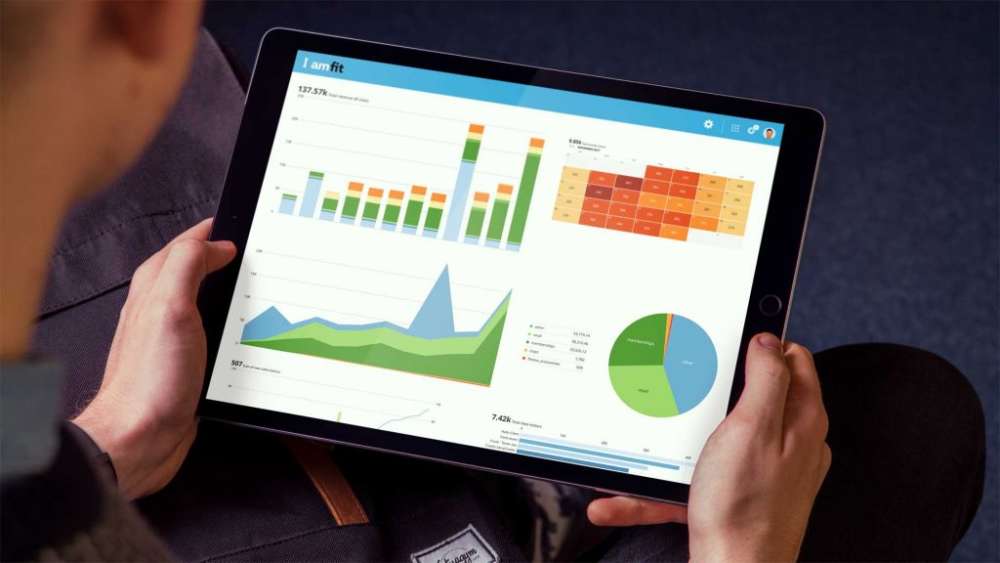
Marketing without data is expensive guesswork. With the right analytics, you can segment your audience based on attendance frequency, membership type, age, activity level, and more.
This allows you to deliver targeted campaigns that actually resonate.
And it works: IHRSA data shows clubs using personalized, data-driven campaigns see higher acquisition and retention rates.
With the right tools, you can turn engagement into loyalty.
6 Data Metrics to Drive Business Results
Start by tracking the numbers that matter.
Gut instinct is great. But it won’t fix empty classes, hidden costs, or unclear team performance.
We asked our data team at Virtuagym: If a fitness operator could only track a handful of metrics, which ones would make the biggest difference? And in what order?
The result? A shortlist of real-world indicators that drive better decisions, not just reports.
These are the six metrics that drive smarter decisions, better margins, and long-term member loyalty. Ranked in reverse order — from strategic nice-to-haves to business-critical must-haves.
#6 Member Demographics
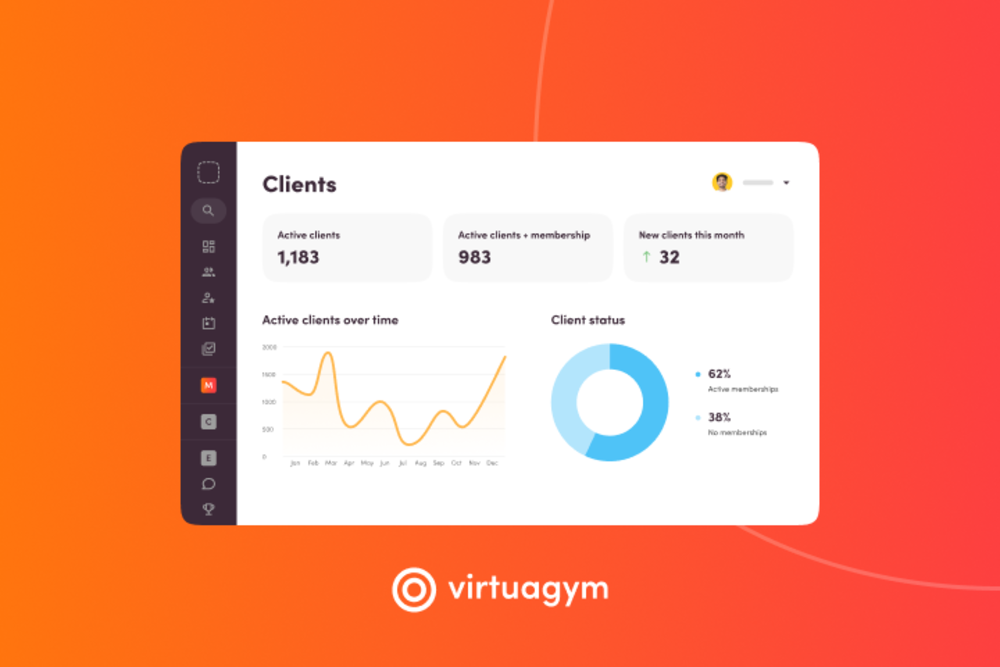
You can’t serve your audience if you don’t know who they are. Many operators overestimate how diverse their membership base is or target the wrong age group in marketing.
With real demographic data (age, gender, membership type), you stop guessing and start aligning offers with the people who actually show up.
What to track?
- Age, gender, membership type
- Attendance patterns by demographic
- Class preferences by age or segment
Use your CRM to filter who’s really attending what — then align your campaigns, class times, and pricing to that reality. If 80% of your 5 PM crowd is under 30, market accordingly.
Why it matters:
Your marketing, scheduling, and service mix should reflect your real member base—not the one you imagine. A 24-year-old group class crowd behaves differently than a 45-year-old PT client.
Use it to:
- Launch targeted campaigns based on age or activity level
- Identify underrepresented segments for growth
- Optimize service hours around actual user habits
It doesn’t move revenue directly, but it makes everything else sharper.
#5 Member Behavior
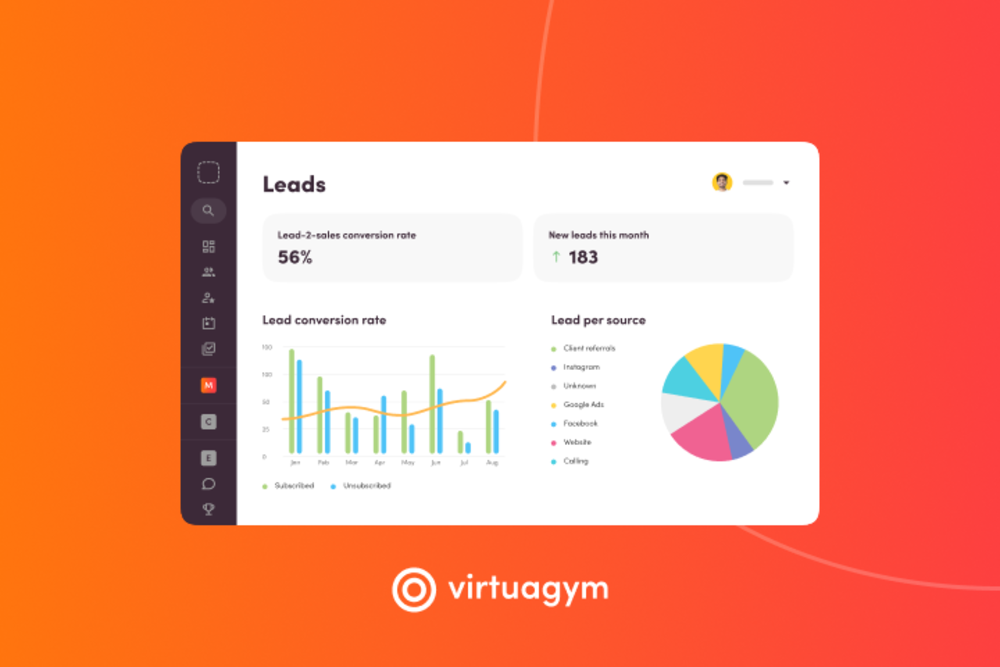
Demographics tell you who they are. Behavior tells you what they actually do.
You notice when people cancel. But you’re missing when they disengage. That starts weeks earlier — and it’s almost always visible in the data.
Your software should automatically track class attendance, session check-ins, app usage, and engagement in challenges or coaching programs.
What to track?
- Check-in frequency
- App usage
- Program completion or drop-offs
Set a simple trigger: if a member hasn’t checked in for 10 days, send a reactivation message. If program engagement drops after week 2, rework the structure. Don’t wait until they quit.
Why it matters:
Behavior trends reveal who’s at risk of churning before they cancel. This lets you act early, not late.
Use it to:
- Trigger re-engagement workflows when usage drops
- Refine your onboarding funnel based on drop-off points
- Adjust offers that users consistently ignore
Want higher conversion and retention? Start with actual behavior patterns—not hunches.
Do you want to keep maximizing your gym retention? Have a look at this guide about How to Avoid People Quitting the Gym?
#4 Coaching Data
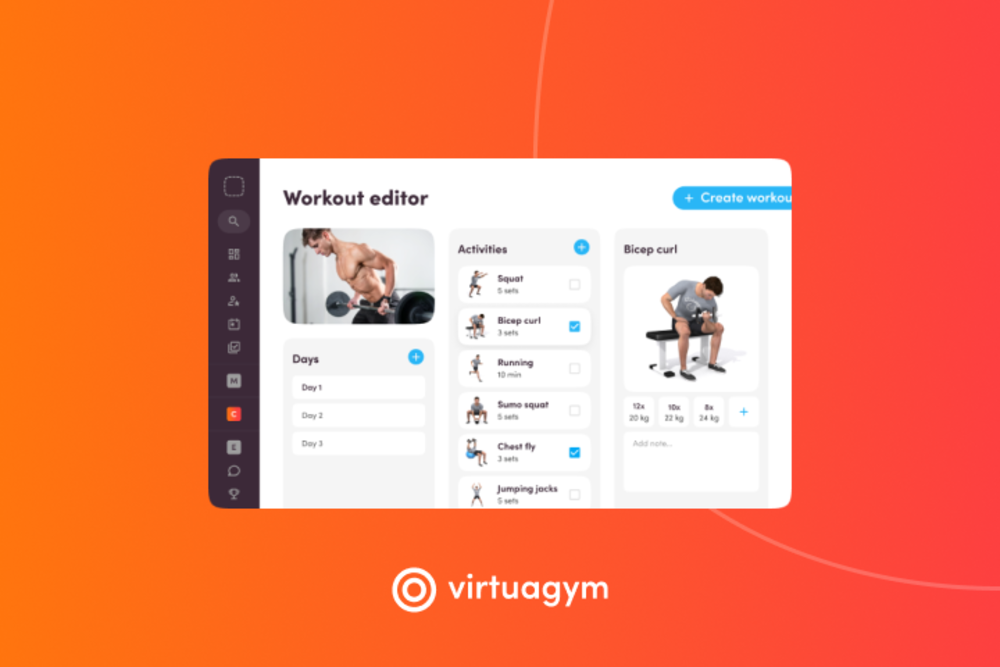
Coaches are your frontline. If you’re not tracking their performance, you’re running blind. Then, you assume your busiest trainers are your best. Not true. Volume doesn’t always equal value.
Measure session volume, client attendance, cancellations, and per-trainer revenue. Get clarity on who’s creating value—and who’s just filling hours.
Cross-check coaching hours with income and churn. One coach might run 30 sessions and retain no one. Another runs 15 and keeps them for a year. Reward impact — not just effort.
Why it matters:
It’s not about micromanaging. It’s about making coaching scalable and sustainable. Overworked trainers burn out. Underperforming ones quietly drain resources.
Use it to:
- Balance workloads before burnout hits
- Tie compensation to output or client satisfaction
- Identify top performers and replicate their success
Strong teams don’t just happen. You build them with data.
Want to see how an coaching app can help you? Read our how to Boost member retention with your own mobile app branding blog here.
#3 Revenue
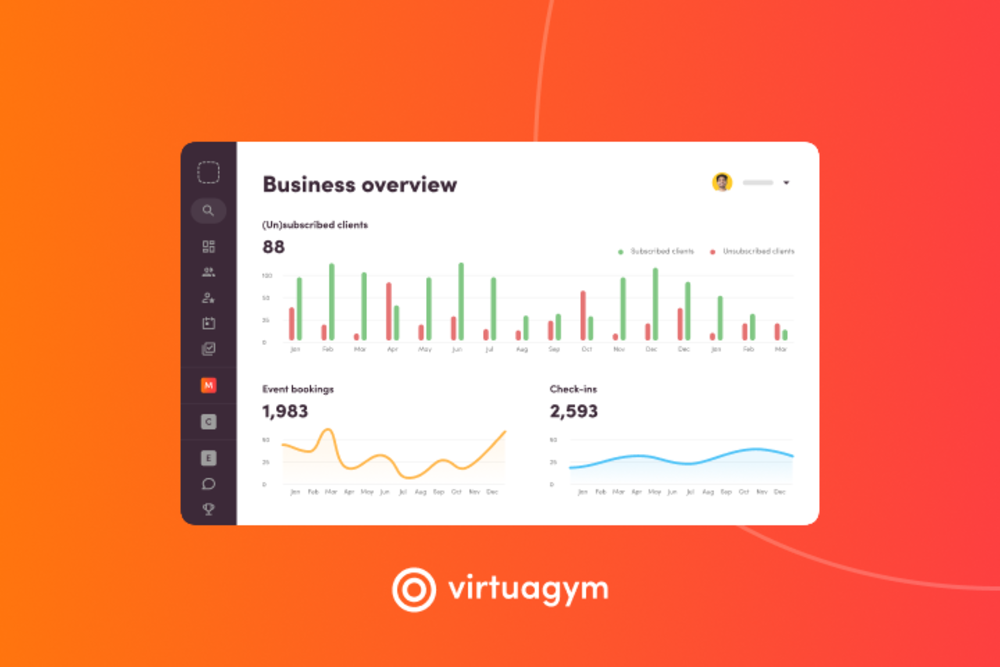
This is more than income tracking—it’s your profitability map.
Break revenue down by service, trainer, membership tier, or upsells. Connect earnings to actions.
Why it matters:
Without this view, you don’t know what’s actually driving growth—or what’s quietly eating margin.
Use it to:
- Kill underperforming offerings
- Double down on high-ROI services
- Adjust pricing with data, not fear
Smart studios use revenue data to stop wasting energy on what doesn’t pay—and scale what does.
#2 Engagement
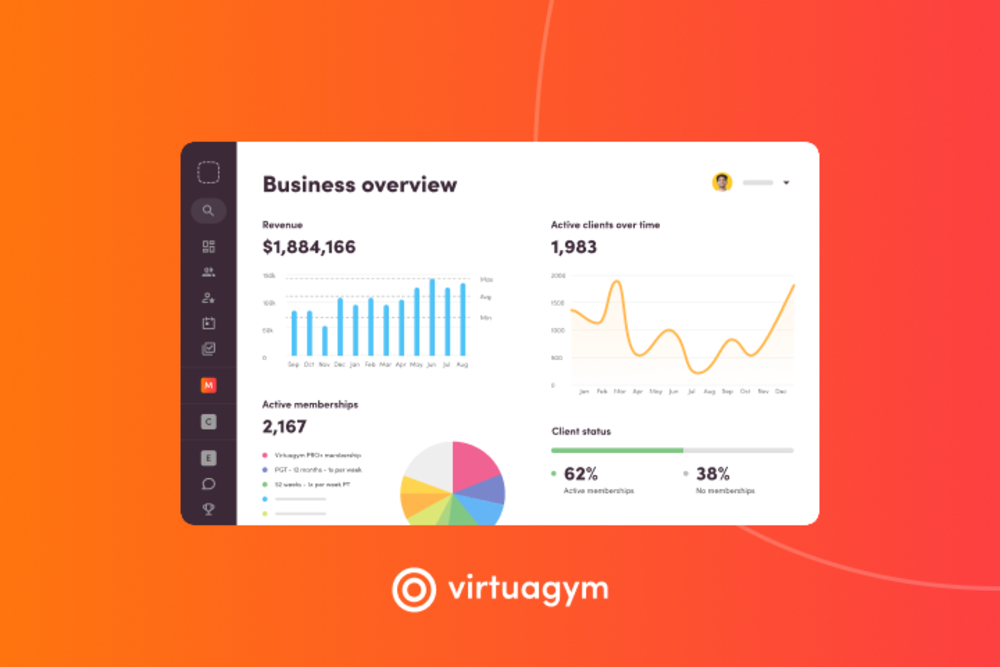
You think engagement is “nice to have.” It’s not. It’s your early warning system. Engagement is the clearest predictor of retention. If people aren’t interacting, they’re leaving.
Measure logins, class check-ins, program completions, and in-app activity to get a full view of member involvement.
Create a habit score (e.g., logins + check-ins + bookings). When it drops, act. Engagement dips before retention does. This is your chance to intervene.
Why it matters:
Engagement shows you where your service is sticky—and where it’s not.
Use it to:
- Automate nudges for inactive members
- See which programs build long-term momentum
- Prioritize features your members actually use
More engagement = more referrals, more upsells, and less churn.
#1 Retention rate
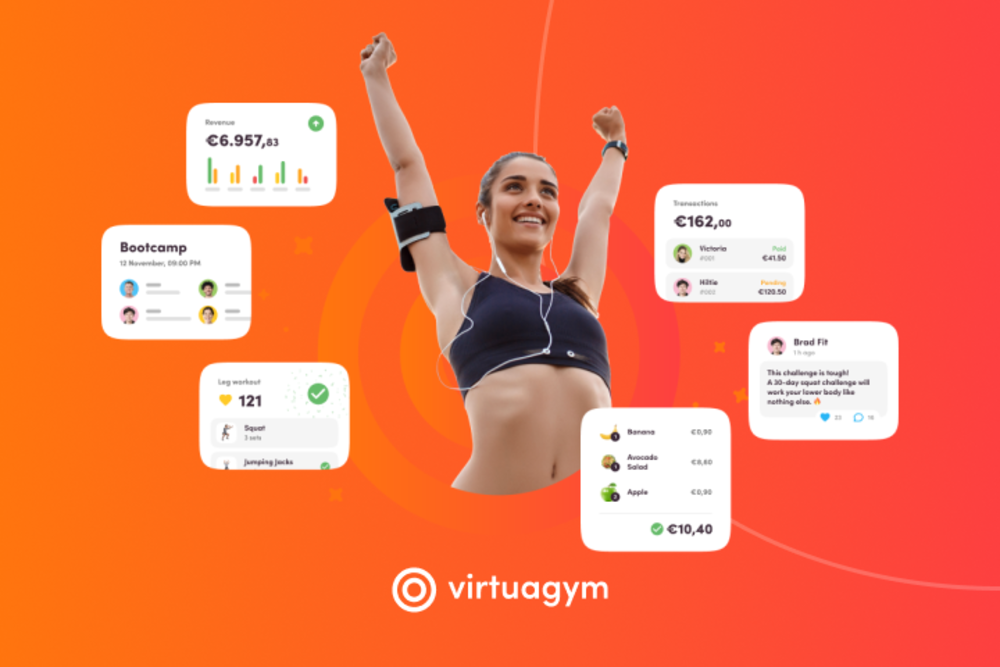
You don’t know your real number. You track signups and cancellations, but not who actually stays. Retention isn’t a guess — it’s your business model in one number. If members leave, growth stalls.
Industry benchmarks:
- Health clubs: 71.4% (IHRSA)
- Studios: 75.9% (AFS)
- Personal training: up to 80%
If you’re below that, it’s a red flag.
Tracking retention with business analytics means knowing exactly who’s still active and why. You see check-ins, session history, and payment status in one view. That lets you fix what’s slipping—before it costs you.
Calculate retention every month — and break it down. Are PT clients staying longer than group class members? Is one location underperforming? Find the leak and plug it.
Use it to:
- Identify classes that keep members longer
- Spot coaches with high churn
- Adjust schedules to match actual usage
If you’re still guessing, you’re probably losing more than you think.
Thinking About Getting Started? Read this First
You don’t need complex tools or a financial background. You need visibility.
Most fitness businesses already collect time tracking data—staff hours, schedules, class usage—but don’t use it effectively. With the right software, you can track time, manage labor costs, and generate custom reports with a single click.
Look for tools built for fitness—not a generic project management tool. Choose a platform that helps you monitor employee productivity, track billable hours, and support team capacity across multiple locations without added overhead.
Something that helps your team stay focused and lets you make informed decisions—without needing to ask “how much time did we spend on that?” every week.
Checklist: What to Look for in Your First Analytics Platform
Step 1: Confirm What You Know—and What You Don’t
You already suspect where time is being lost. Maybe you’ve tried a time tracker or even used a stopwatch—but that’s not enough.
Manual tracking lacks context.
What you need is an business analytics software that turns rough guesses into real data. See how much time your team spends on tasks, spot potential issues, and make informed decisions that improve efficiency without guesswork.
Step 2: Before You Start: Know What to Look For
Not all tools fit fitness. Ask yourself:
- Does it support mobile apps for coaches?
- Can I track time entries by team member?
- Is reporting built-in?
Look for platforms with automated timesheets, clear project tracking, and tools made for small teams—no credit card required.
Check how similar companies use them, and whether they save time, reduce overtime, or help manage expenses.
Step 3: Fit for the Fitness Industry – Built From Experience
Fitness doesn’t follow office rules. You need a system that fits your day-to-day.
Some platforms, like Virtuagym, have spent over 15 years building for this market.
That experience matters. It means better tools for employee monitoring, team scheduling, and tracking project progress across sites.
You’re not just buying features—you’re choosing systems shaped by real operators who’ve done the work.
Step 4: Start Small. Win Fast.
Don’t overthink it**. Start by tracking time spent, labor costs, and productivity.**
Even a few custom reports can show how to reassign tasks, reduce expenses, and help your team stay focused. Within weeks, you’ll improve work life balance, save hours, and get tighter control over your business.
Analytics shouldn’t overwhelm. It should give you clarity—and momentum.
Final Thoughts: Build Smarter, Not Harder
The best-run fitness businesses today aren’t the ones with the flashiest branding or biggest budgets. They’re the ones making informed, timely decisions based on real data.
Save time software and business analytics give you the control and clarity to manage your gym or studio like a modern business — not a daily scramble. From staffing to sales to retention, smarter systems lead to smarter outcomes.
And the best part? You don’t have to go it alone. With Virtuagym, you get the tools, the support, and the community to grow confidently.
Ready to see Business Analytics in action?
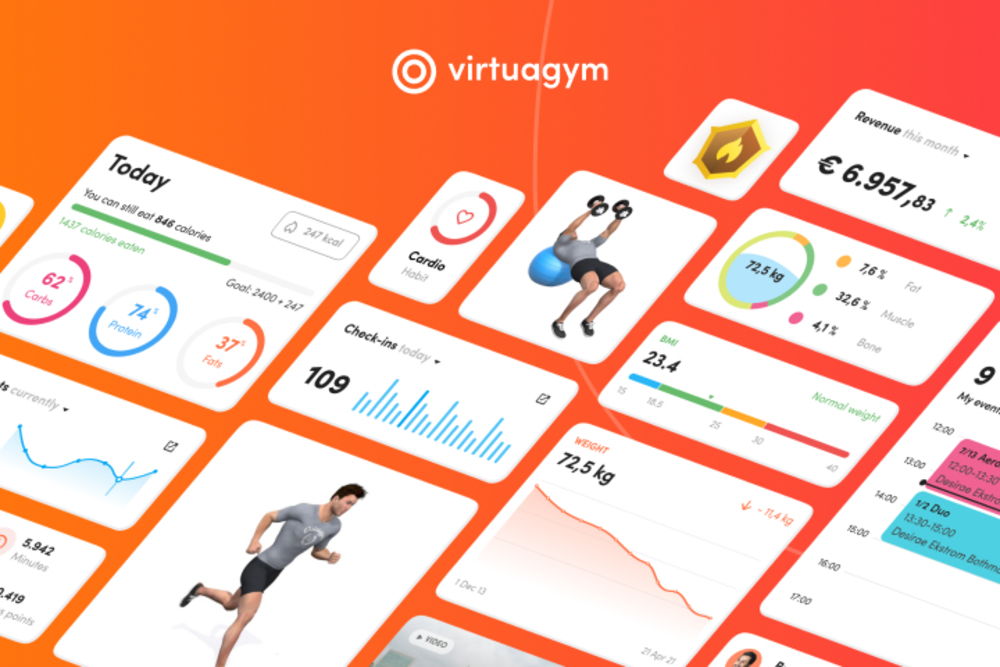
You’ll find your biggest leak in 30 minutes or less. Want to see where it is?
Let’s cut the guesswork.
Book your free demo — and get real insight into where your gym is losing time, money, or momentum.



